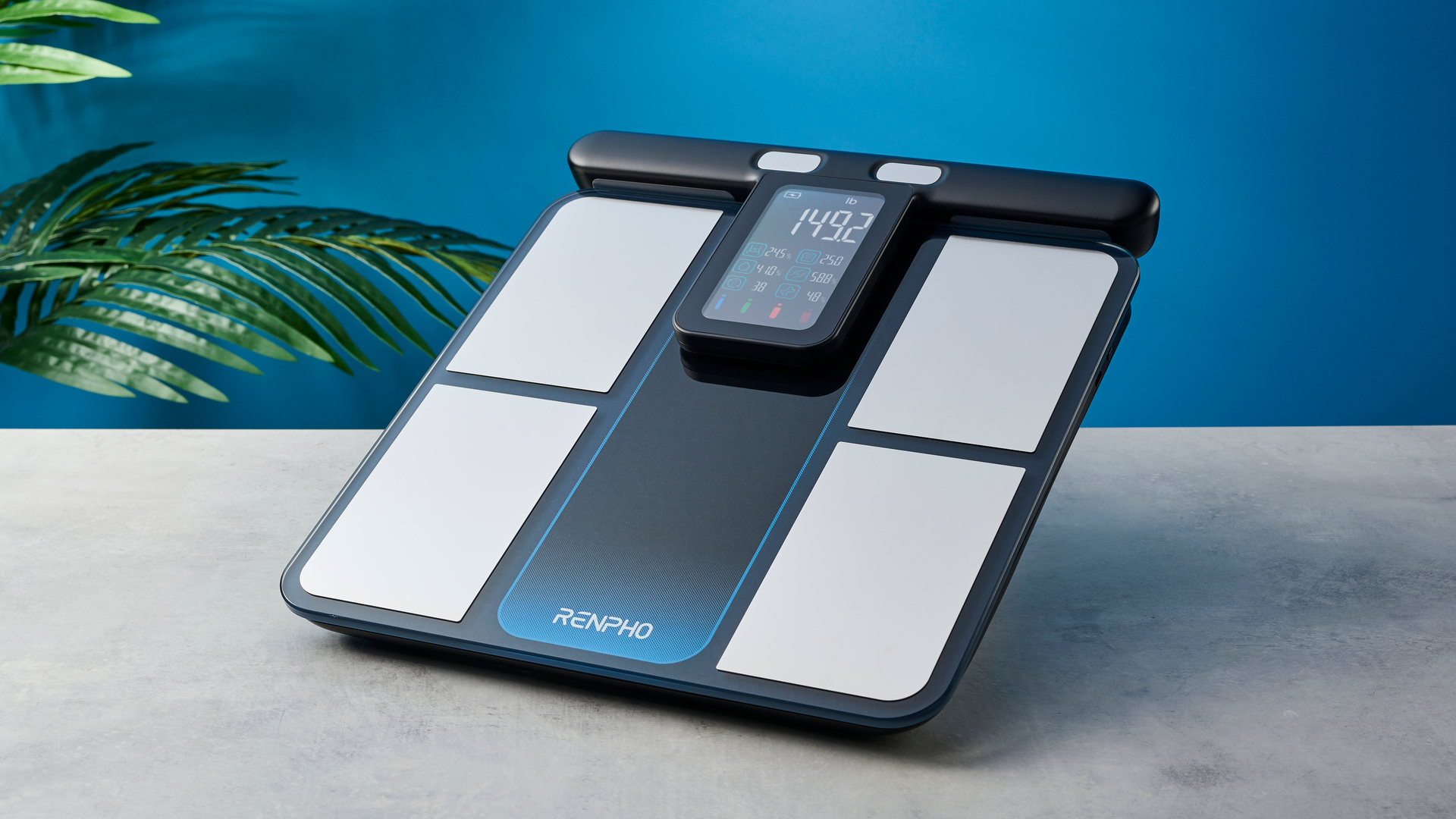
The Renpho MorphoScan is a smart scale with segmental body composition, meaning it can analyze the fat and muscle percentage of your limbs and torso. It’s not a super budget scale that will only set you back $30, nor is it a top-of-the-range ECG scale that will cost you $400.
But it is a segmental body composition scale that retails for just $169. So, for that price, can it be one of the best smart scales? It does have an impressive range of over 20 metrics, including uncommon stats like skeletal muscle and protein mass. And the silver and black scale looks the part and includes a colorful display and easy-to-use hardware.
With a pull-out handle like the Withings Body Scan ($399), the MorphoScan measures limb-by-limb muscle and fat percentages, displayed in the easy-to-use MorphoScan app. However, I quickly ran into contradictions and poorly sourced information in the app.
Renpho MorphoScan review: Cheat sheet
- Who is it for? People who want to see their segmental body composition: limb-by-limb fat percentage.
- What does it do well? It’s only $169 — cheap for segmental body composition — and shows a wide range of metrics.
- What are its weaknesses? The app has inconsistent advice and there’s no pregnancy mode.
- What should you use it for? Checking out your segmental body composition and keeping track of a wide range of metrics.
Renpho MorphoScan review: Specs
Renpho MorphoScan review: Price & availability
The Renpho MorphoScan smart scale is priced at $169/£169 and is available from Renpho’s website. At only $169, this is a cheap scale considering it has segmental body composition, meaning it can analyze your limb and trunk data segmentally.
The only other scale I’ve seen with this capability around the same price is Runstar’s FG2015 ULB ($169). Most other smart scales with this capability are closer to $400, like the Withings Body Scan and Tanita RD-545.
Renpho MorphoScan review: Design & display
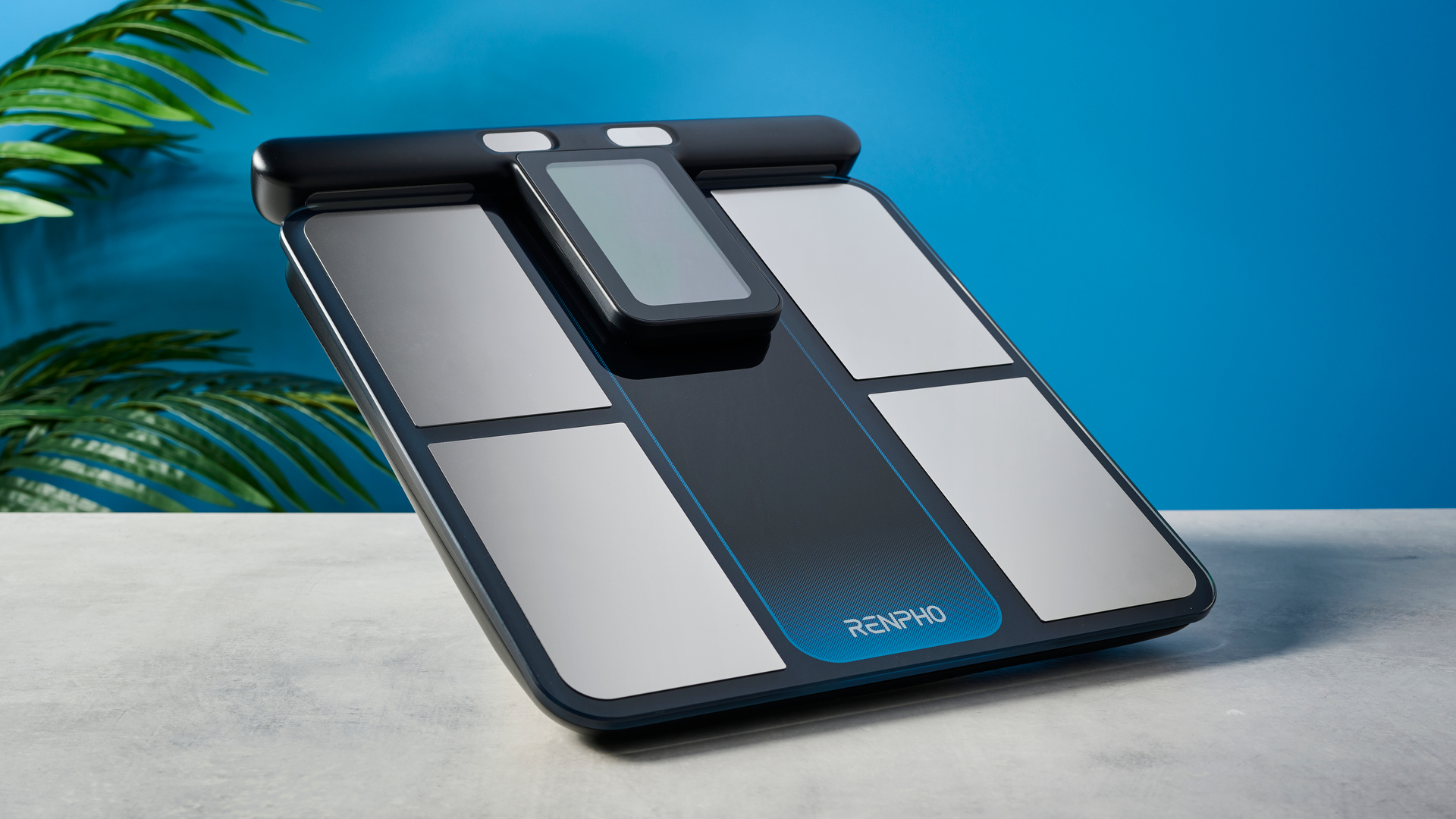
The MorphoScan is a black square scale with silver electrode pads and a blue instructional panel in the center. The display, much to my adoration, is easy to read, with attractive fonts and different colors.
During weighing, the display tells you to wait with four flashing shapes at the bottom of the screen that range from blue to red. I appreciate this color display, as other scales I’ve tested stick to monochrome. The scale feels sturdy and well-made, and looks good in my bathroom.
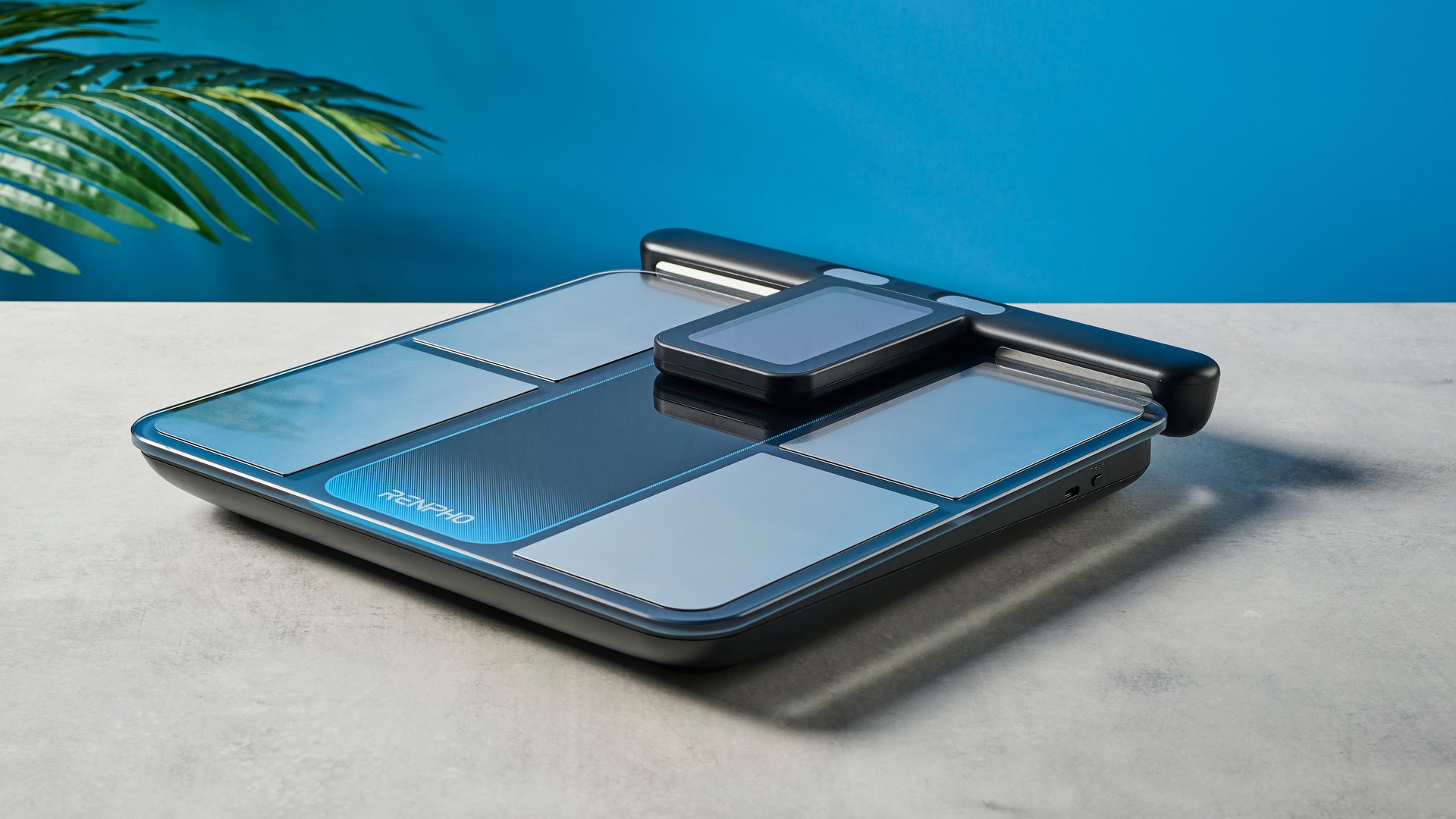
Like the Withings Body Scan, the MorphoScan comes with segmental body composition. The MorphoScan has a pull-out handle you hold in front of you during weigh-in to measure your limb composition. However, unlike the Body Scan, sometimes the cord for the handle gets jammed and you have to pull it out a little to tease it back in. Most of the time, though, it works smoothly.
Renpho MorphoScan review: Setup
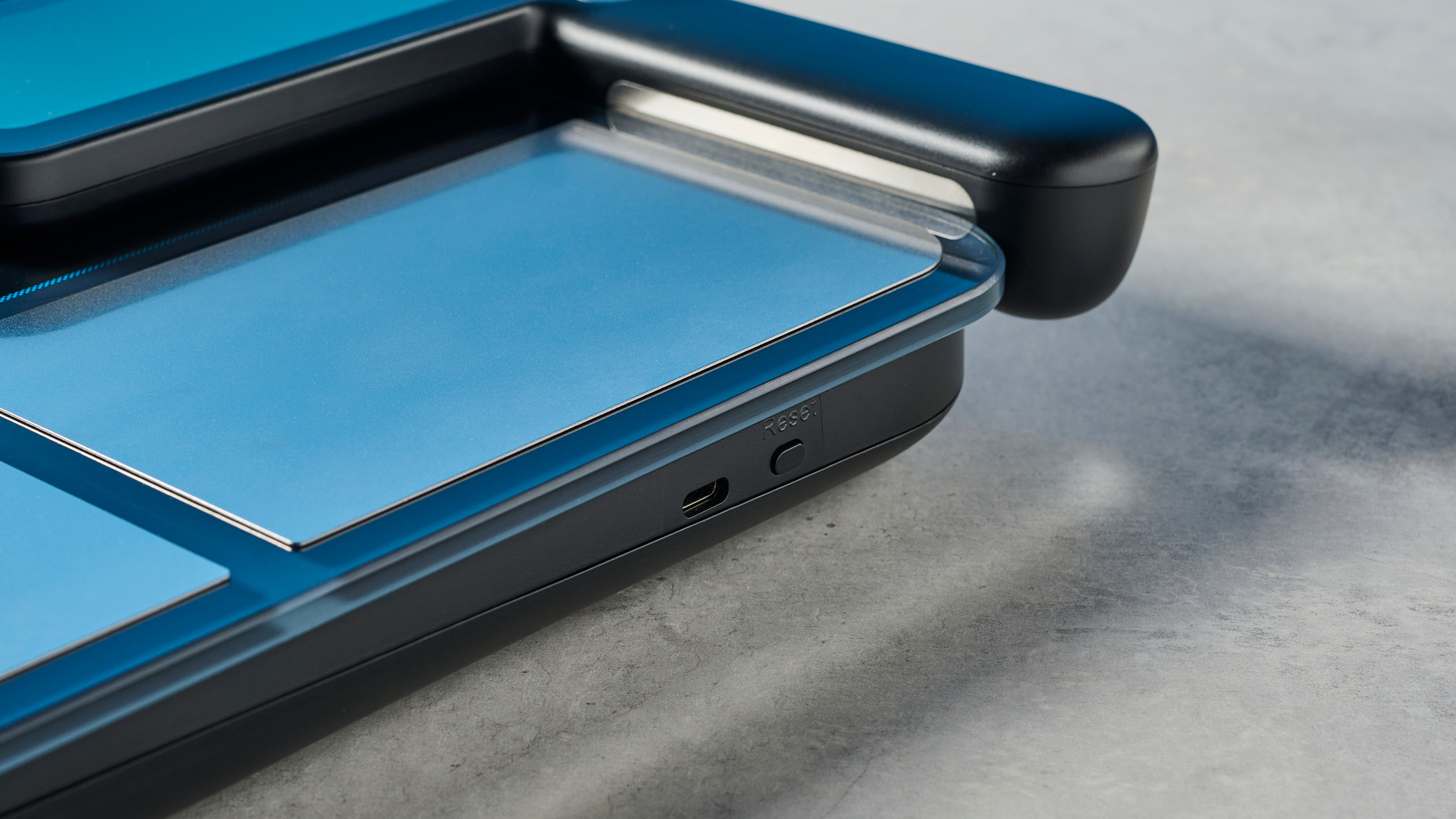
Setup was straightforward. I plugged the scale in with the included USB-C charger and left it overnight. In the morning, the scale was ready to go. I downloaded the MorphoScan app on my iPhone 11 and synced it up with the smart scale using Bluetooth, which is easy to do on the app.
This setup was much easier than my QardioBase X ($94), which I had to connect to Wi-Fi to sync with my phone. On first use, you have to wait until the handle reads ‘0000’, and then it’s ready to complete your weigh-in.
Sadly, pregnancy mode, pacemaker mode, eyes-closed mode, and athlete mode all seem to be absent. These modes are usually included on smart scales nowadays, even cheaper versions like the Wyze X ($33) and the Eufy P3 ($89).
Renpho MorphoScan review: Weigh-in
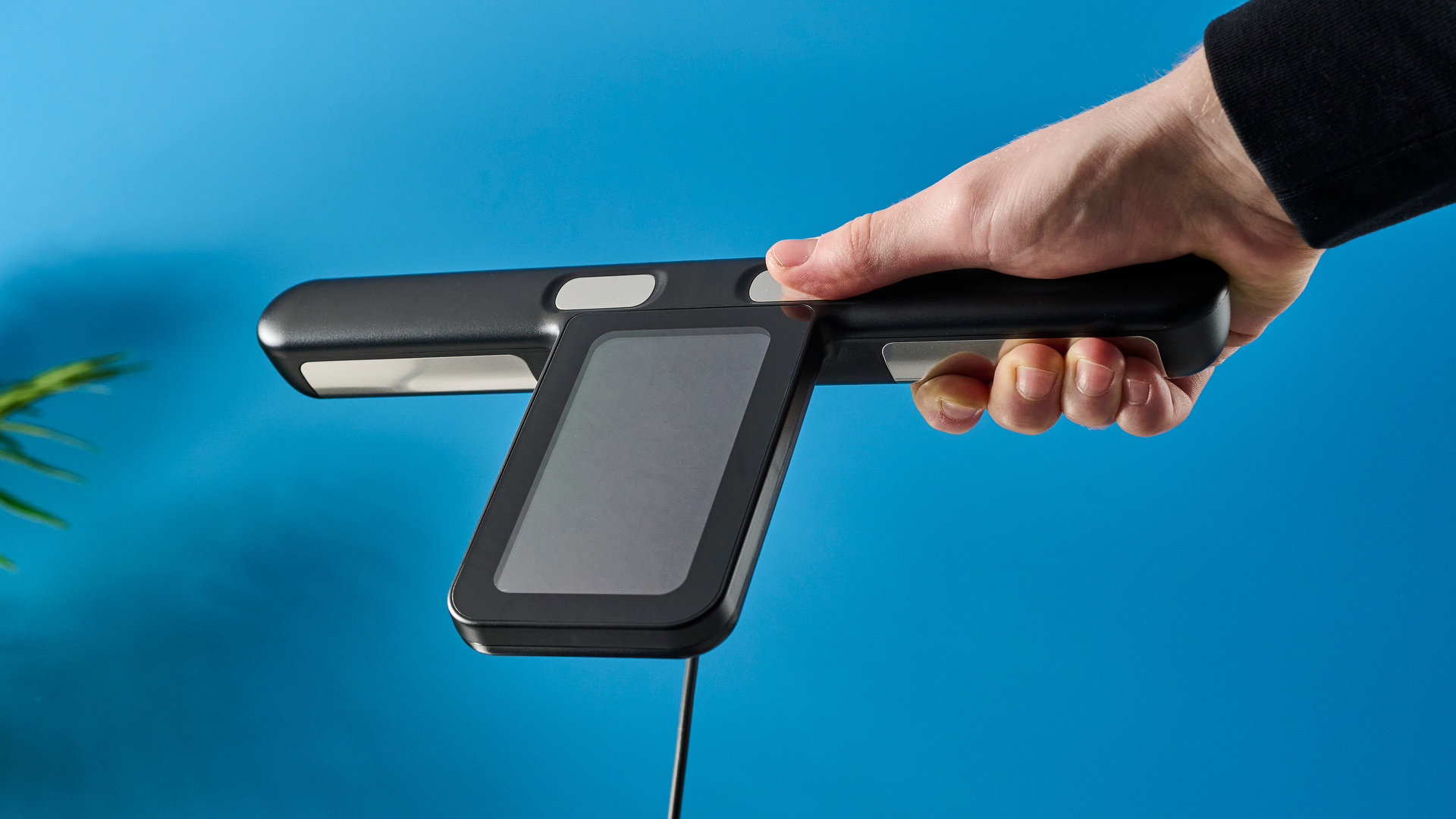
Impressively, the MorphoScan can track up to 23 metrics. It also works out the ratio between average fat level and your fat level and shows this as a percentage on the app’s homepage. This sounds useful, but since it doesn’t say where this average is from and whether it’s even for the same sex or age range as you, it’s not especially insightful.
And while there are plenty of metrics to get your teeth stuck into, I found a few discrepancies between the MorphoScan app’s advice and other sources. For example, body fat percentage. The Mayo Clinic says that: “Individuals with body fat content ≤25% for men, & <35% for women) will be considered lean and individuals with body fat content >25% for men, ≥35% for women will be considered obese.”
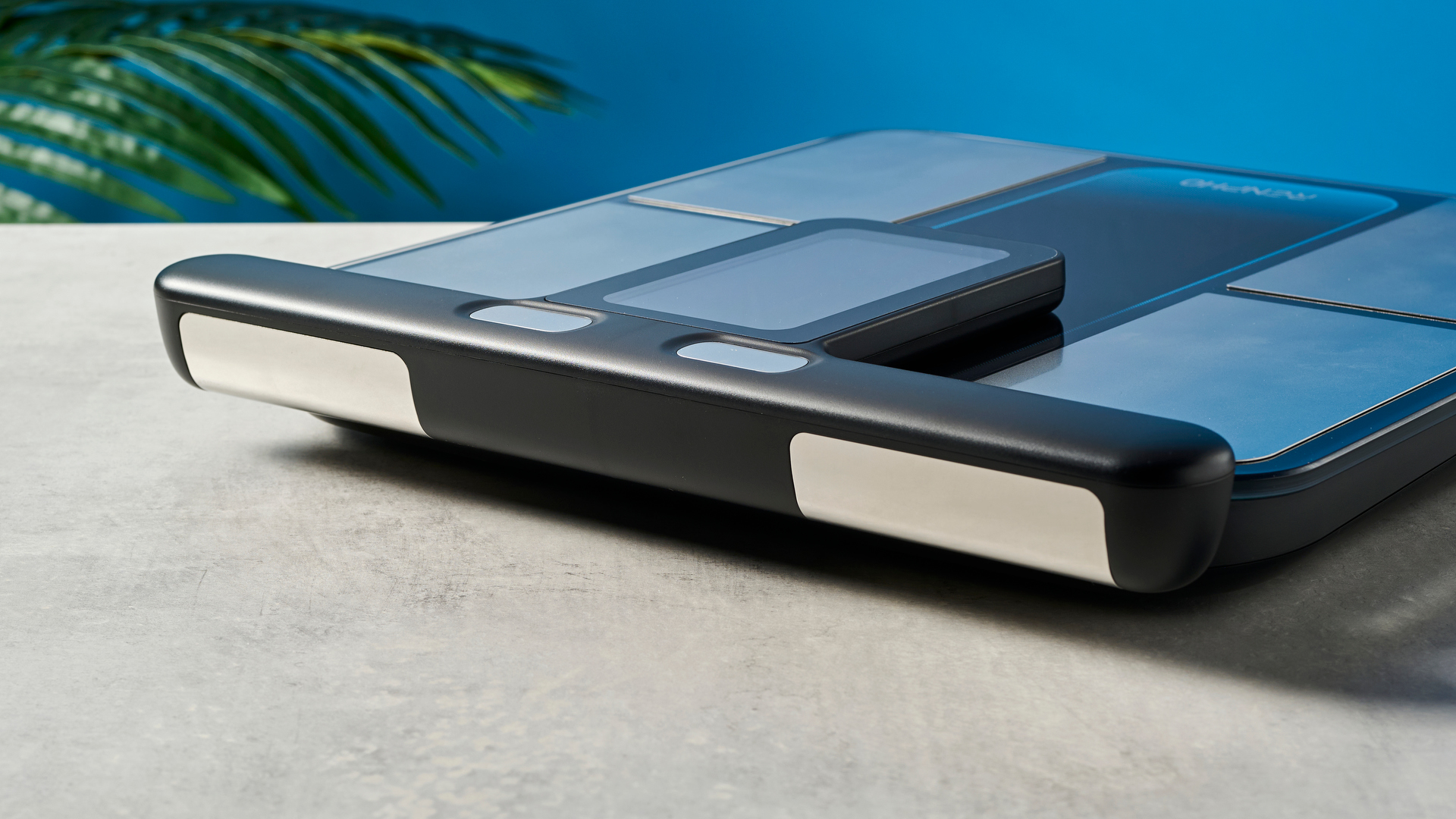
However, on the Renpho app, I’m told that at 23.5% body fat (despite being 17% on Withings devices), I’m in the second half of “standard”, leaning towards “overweight”. If you’re over 33%, according to Renpho, you’re “severely overweight”.
Renpho sources this information as coming from Wikipedia, which isn’t even trustworthy enough to reference for a high school paper, let alone a commercially available fitness device. If this was referenced to a high-quality scientific journal, like in the Withings app, or a meta-analysis or systematic review, I would take the analysis a little more seriously.
Conversely, according to Renpho’s “optimal weight” section, my optimal weight is 5.4 pounds heavier than my current weight. Yet my current weight is almost “overweight” according to the body fat section. The Renpho app also tells me my body type is “fit”, so all these metrics feel a little skewed to me.
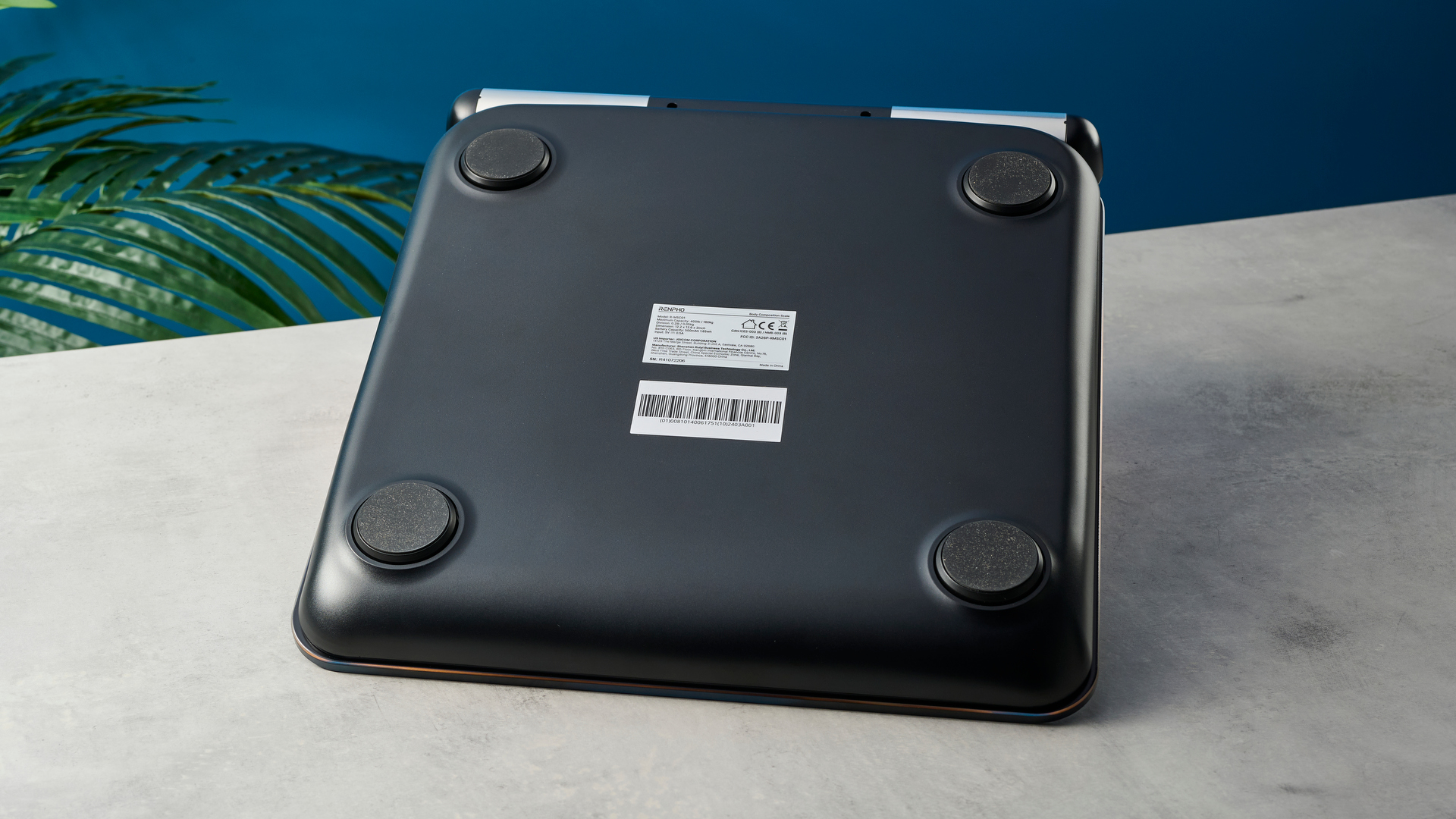
I found a few more discrepancies with the weight categories on the app, such as having a “high risk” waist-hip ratio, which is a body fat measurement associated with developing heart diseases and diabetes. But the same scale measures my visceral fat as healthy. However, when I measured myself with a tape measure, using Diabetes UK’s calculator, it told me I was at a “low risk” of developing such diseases.
While smart scales should only be used by people who are okay with seeing their body fat plotted on a graph, I think there should be more consistency with the MorphoScan’s readings and analysis. According to the app, I’m at risk of heart disease, yet 5.3 pounds under my optimal body weight, so I’m more confused than I was before I started.
To some degree, all fitness equipment gives best estimates, usually referenced or sourced from credible organizations or studies, but Renpho’s analysis seems to be way out of step with the competition. If you’re just getting started with smart scales or looking for an upgrade, these readings may appear confusing or even upsetting.
Renpho MorphoScan review: App features
The companion Renpho app displays a vast trove of data, ranging from weight, body fat percentage, segmental body composition, to optimal weight, body type, and basal metabolic rate. As I mentioned above, though, some of the analysis of these metrics was inconsistent and poorly sourced.
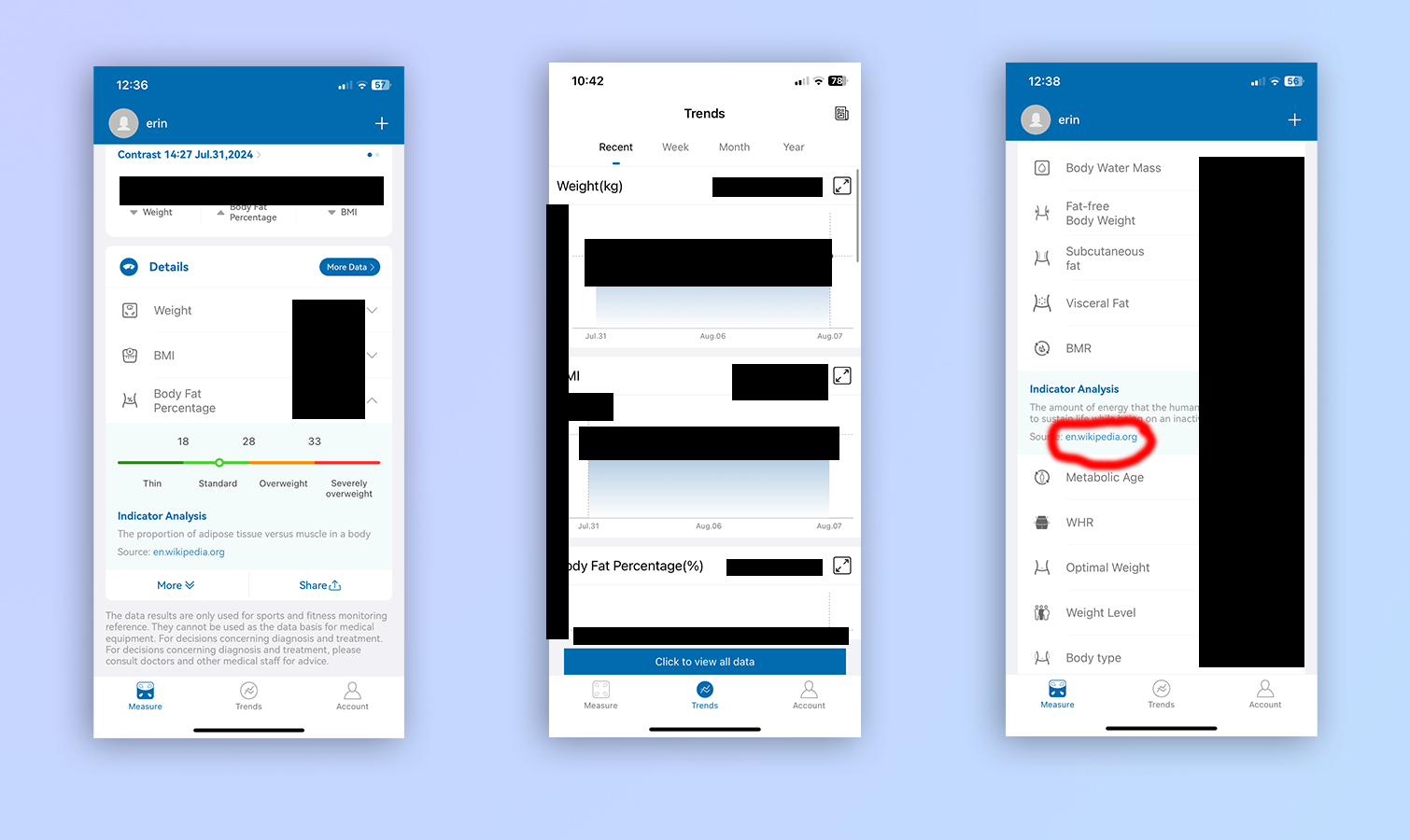
Your segmental body composition is available on a 2D graphic, similar to the Withings app, which is displayed on a 3D interactive body model. However, my favorite section was the ‘Trend’ area in the app, where you can view 13 metrics on a graph.
You can visualize your changes over time, which is a great way to analyze your data in a pinch. This is similar to the Withings app, which also displays your measurements on digestible graphs.
Renpho MorphoScan review: Compatibility
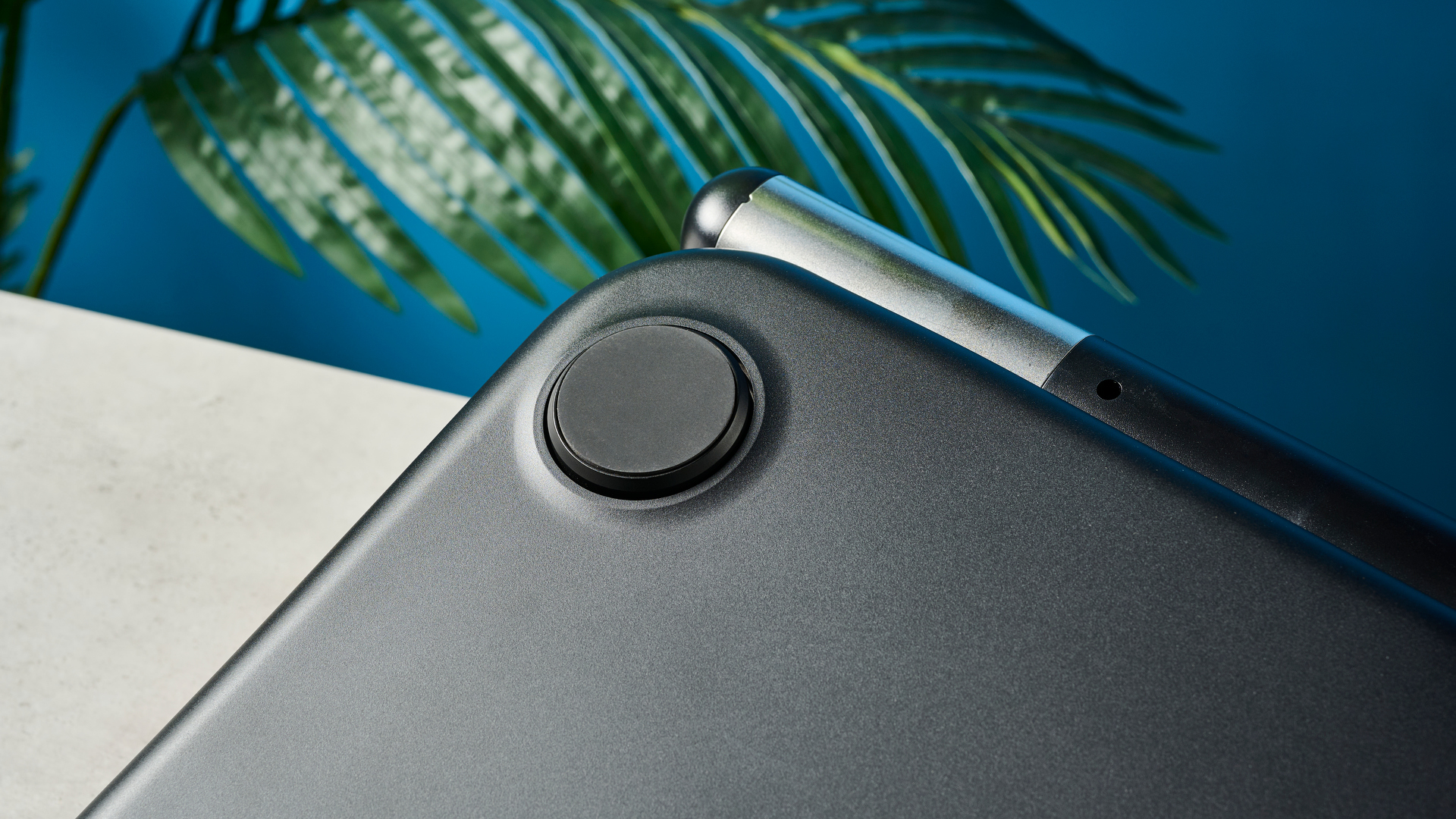
The MorphoScan scale is compatible with Apple Health, Google Fit, and MyFitnessPal. This is a similar compatibility range seen on the QardioBase X and Wyze X, but falls short of Withings’ 100+ third-party app compatibility.
Despite this, if your third-party app links with your fitness watch, which links to Apple Health or Google Fit, you should be able to sync up this scale with any of said third-party apps. If you have one of the best Fitbits, you’ll be able to link this scale up directly to your Fitbit.
Renpho MorphoScan review: Should you buy it?
While this is a decent entry in the segmental body composition landscape for only $169, the information available on the app is not trustworthy enough for me to get on board with this scale. You get a range of metrics in the app, but if the stats are paired with untrustworthy advice, how useful are they really?
I think it’s a touch irresponsible to source information from a notoriously unreliable online source if a product is designed for health monitoring purposes. I understand that the Withings Body Scan is over double the price of this scale, though, but the Withings Body Smart is only $99.
If you seriously need segmental body composition stats but you don’t want to spend over $200, you might want to consider this, but until Renpho sorts out their app information, I don’t think this is a reliable device for tracking your vital stats and most people would be better off with an alternative scale.






